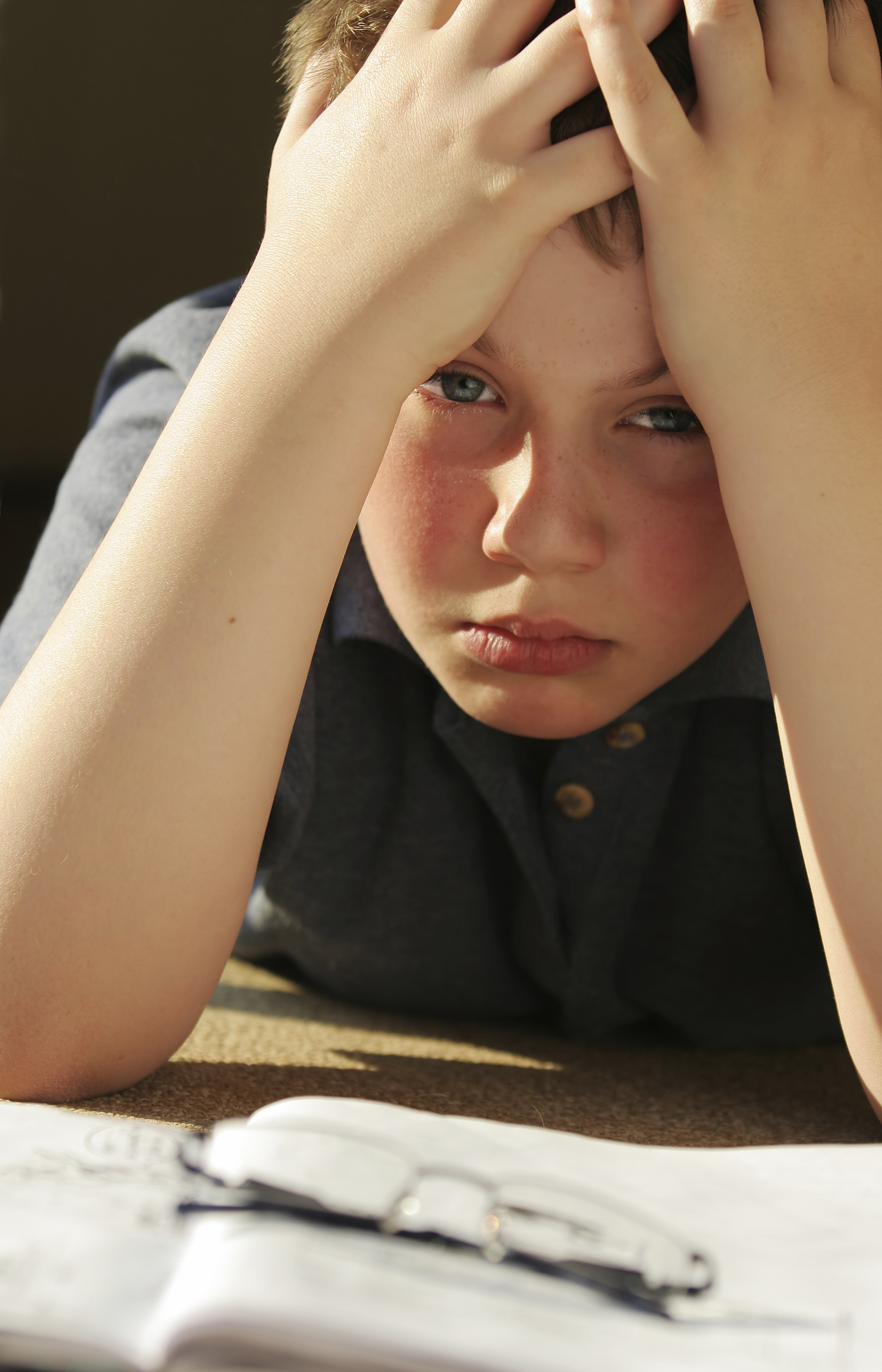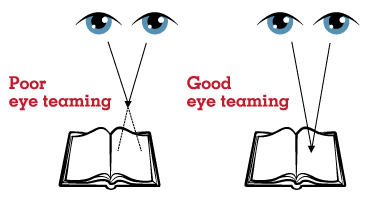Most school screenings check for visual acuity alone and do not screen for functional visual skills involved in reading and learning.
Having 20/20 eyesight is not enough, just as having a 98.6 temperature doesn’t necessarily indicate good health.
What is functional vision?
Functional Vision involves 4 visual skills necessary for learning.
They are Tracking, Focusing, Eye Teaming, and Visual Processing
That’s okay, we’ll explain. You don’t need to understand functional vision to understand just how important it is in learning.
80% of classroom learning is related to functional vision. So if your child is one of the ONE IN FOUR children who struggle with functional vision, you can bet that classroom learning is going to be a huge challenge.
Children who struggle with functional vision problems often struggle with learning, sports, recreational activities, reading, homework, and even behavior.

Tracking

Focusing

Eye Teaming

Visual Processing Skills
Vision Therapy at Home treats the root cause of learning struggles by correcting the functional vision problems described above.
The results last a lifetime.
